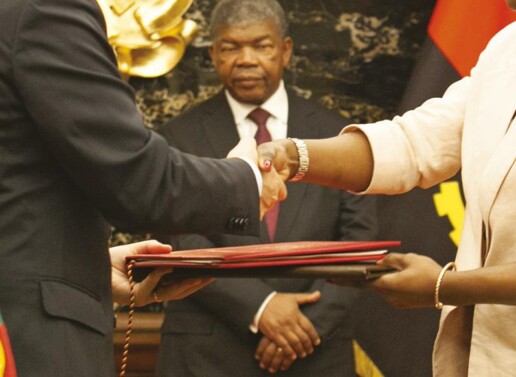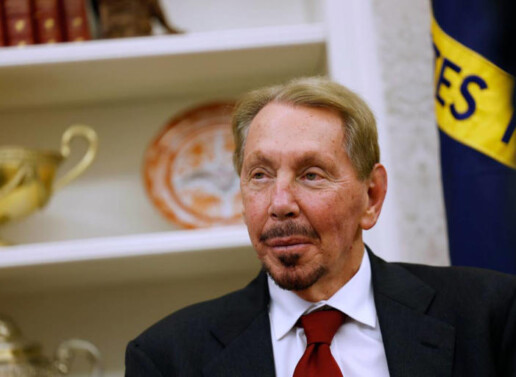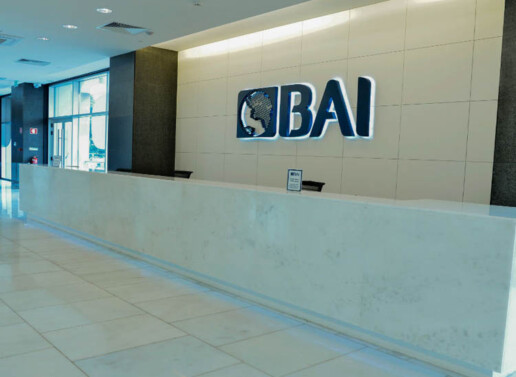When Javier Milei assumed the presidency of Argentina in December 2023, the country was facing one of its worst economic crises in decades. Inflation had skyrocketed to almost 13% per month, and the “blue dollar” – the parallel dollar used as a price reference in the country – had already risen by 25% by the end of January. Many predicted that Milei’s government could face a new hyperinflation or even a political crisis similar to that of 2001.
However, the newly elected libertarian president, known for his radical positions, implemented a package of economic measures that surprised both the market and his opponents. The adjustment, which he himself called “the largest in human history,” included deep cuts in public spending and reforms to the Central Bank.
Drastic Measures to Curb Inflation
One of Milei’s first actions was to reduce public spending by about one-third, using the symbolic “chainsaw” that marked his campaign. This reduction in spending allowed him to drastically cut money printing, the main cause of inflation. As a result, Argentina shifted from a fiscal deficit to a surplus, a rare achievement in the country’s recent history.
In addition, Milei tackled the Central Bank’s debt, which was responsible for generating much of the inflationary pressure due to the high interest rates paid on remunerated liabilities. The solution was to lower the interest rate and devalue the peso, aligning the official exchange rate with the parallel market rate. This caused an adjustment in relative prices, leaving remunerated liabilities with negative real interest rates, easing the burden on the Central Bank.
Controlling the Dollar
While inflation gradually declined – from 20.6% in January to 3.5% in September – the blue dollar followed a more erratic path. At the start of his term, the parallel dollar reached 1,250 pesos, but after a brief stabilization period between March and May, it rose again in July, peaking at 1,500 pesos.
Despite this temporary rise, confidence in Milei’s government helped stabilize the dollar. By August, the dollar had returned to January levels, around 1,000 pesos, which many see as a significant victory, as the parallel dollar is a key indicator of market confidence in the Argentine economy.
The positive impact of Milei’s measures began to be felt by Argentines as well. “The dollar drops, expenses don’t rise, my garage rent doesn’t go up, my salary rises. THANK YOU MILEI,” wrote a user on X, celebrating the economic relief.
Future Outlook
While Argentina’s economic challenges are far from resolved, Milei’s measures so far have managed to stabilize inflation and the dollar. The success of these policies could determine the country’s economic future in the coming years, and Milei’s ability to maintain this stability will be crucial to avoiding a new crisis.
24/10/2024







